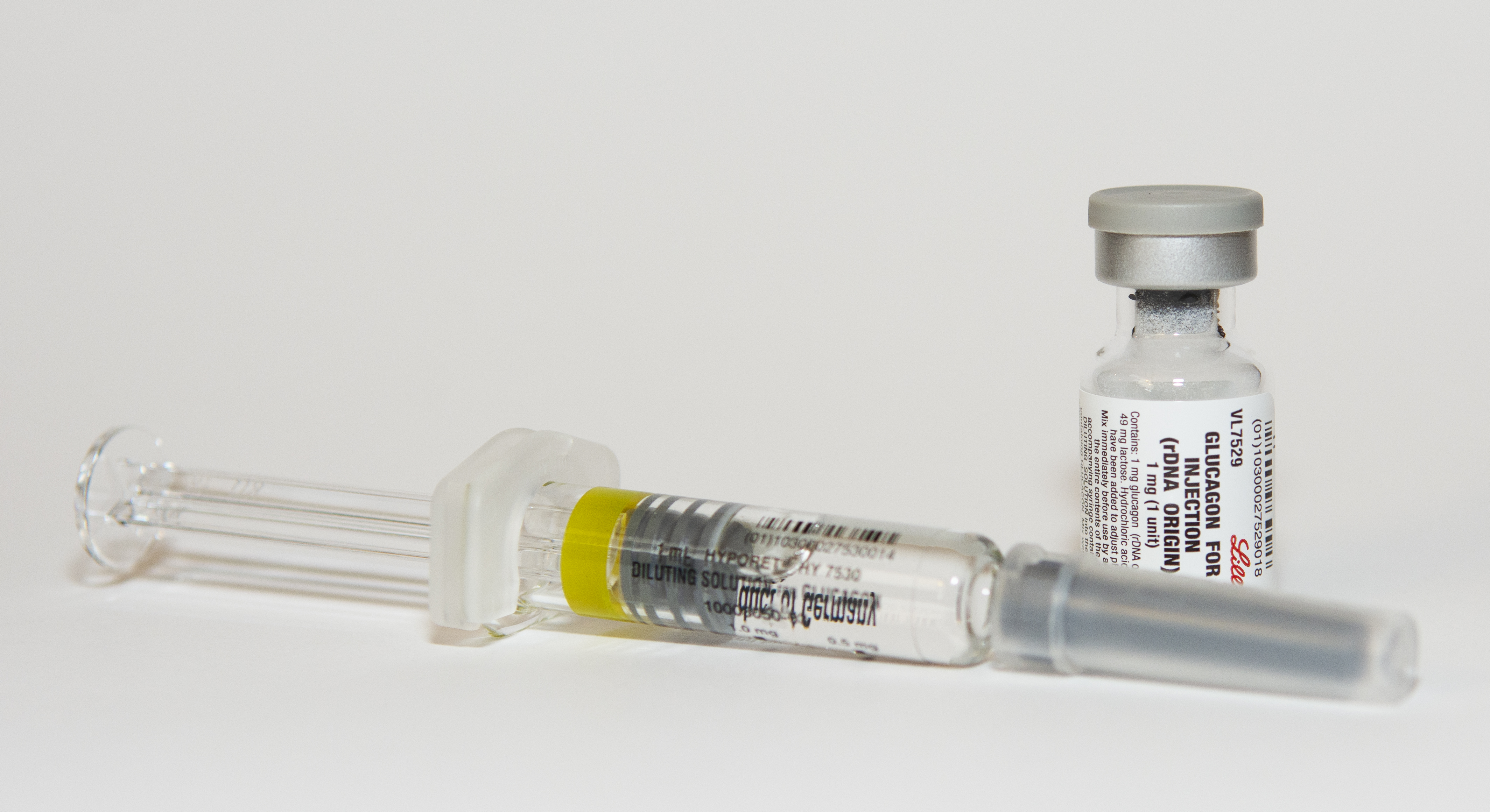Mini-Dose Glucagon Rescue for Hypoglycemia for People with Type 1 Diabetes
What happens if someone with diabetes has a low blood sugar but is not able to eat? What happens if they feel nauseated or are vomiting and have a low? Using a full emergency glucagon kit would cause more nausea and may make the blood sugars go too high.
Enter the mini-glucagon, a.k.a. the “mini-gluc.”
A Novel Idea
In 2001, a team from the Texas Children's Hospital Diabetes Care Center came up with a novel idea: very small doses of glucagon, injected just under the skin using an insulin syringe, instead of the large dose of glucagon given into the muscle, as a way of preventing lows in kids with a stomach illness (gastroenteritis) or who were not able or willing to eat food.
Whereas a glucagon rescue kit delivers 500 to 1,000 µg (micrograms), the Texas Children's team suggested the following dosing schedule:
- 20 µg for kids ages 2 or under;
- 10 µg per year of age for kids from 2 to 15 (20 µg at age 2, 30 µg at age 3, etc.);
- 150 µg for kids 15 or older

How to Mini-Dose Glucagon
- Take the glucagon emergency kit and mix up the powder with the liquid in the syringe
- Use an insulin syringe to draw up the glucagon, noting that each unit is equal to approximately 10 micrograms of glucagon
In the experiment at Texas Children’s, kids aged two or under received two "units" of glucagon, while a 10-year-old received 10 "units," based on the above dosing schedule. The team monitored blood glucose every 30 minutes and if the child hadn't improved in 30 minutes, the glucagon dose was doubled and given again.
Blood sugars rose an average of 3.33-5.00 mmol/l (60-90 mg/dl) within 30 minutes and lasted for about an hour. Also, the glucagon did not cause nausea (which often results with the larger rescue dose of glucagon), and none of the children in the study vomited.
The team stressed that their approach is suitable for relative hypoglycemia in the face of stomach illness or lack of cooperation in eating, and not for when a person with diabetes is unconsciousness due to severe hypoglycemia. When a person is dealing with severe hypoglycemia, glucagon should be given in it’s full dose, as prescribed.
- Mini-Dose Glucagon Rescue for Hypoglycemia in Children With Type 1 Diabetes, Morey W. Haymond, MD and Barbara Schreiner, RN, MN, CDE, Diabetes Care 24:643-645, 2001.
